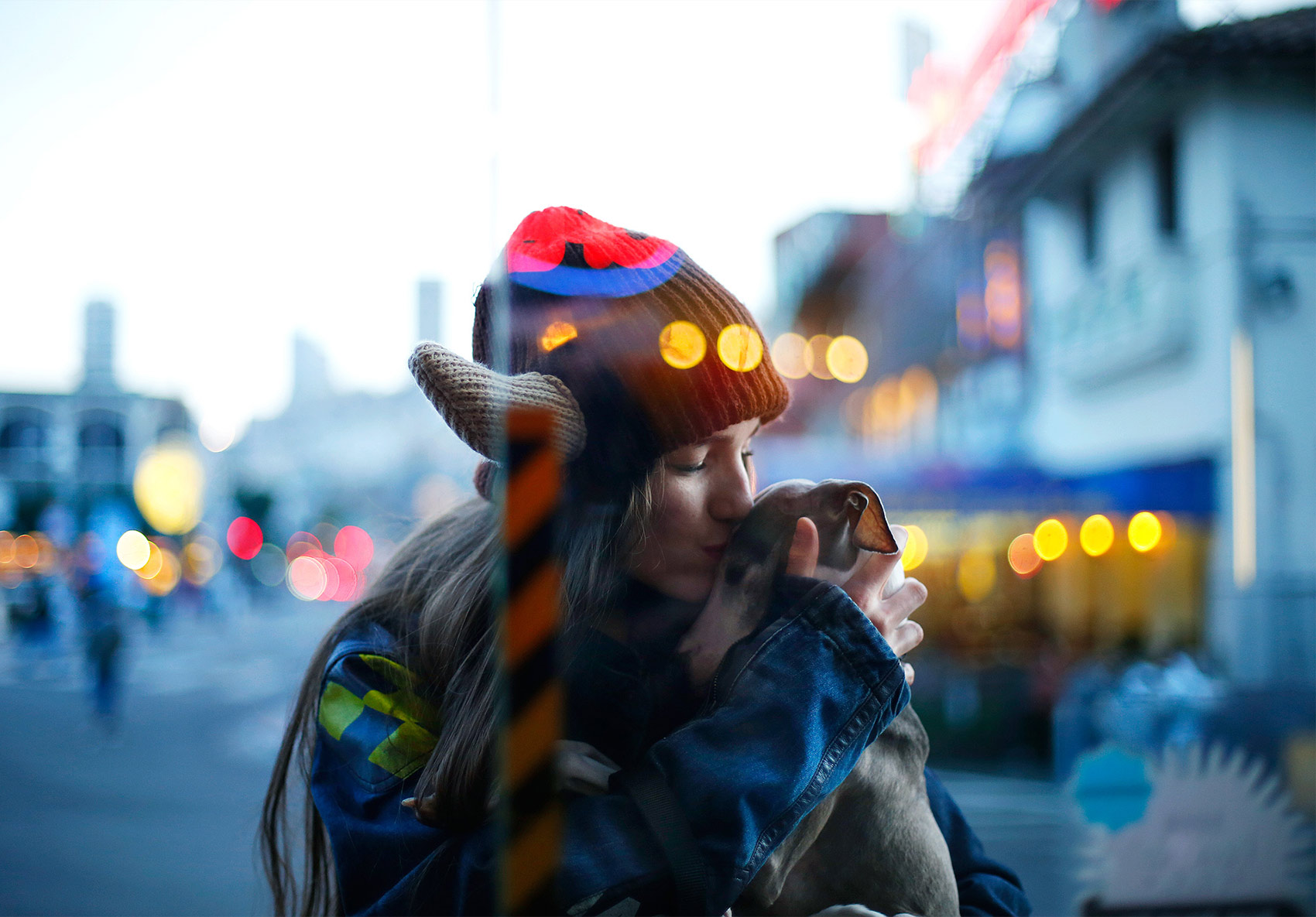

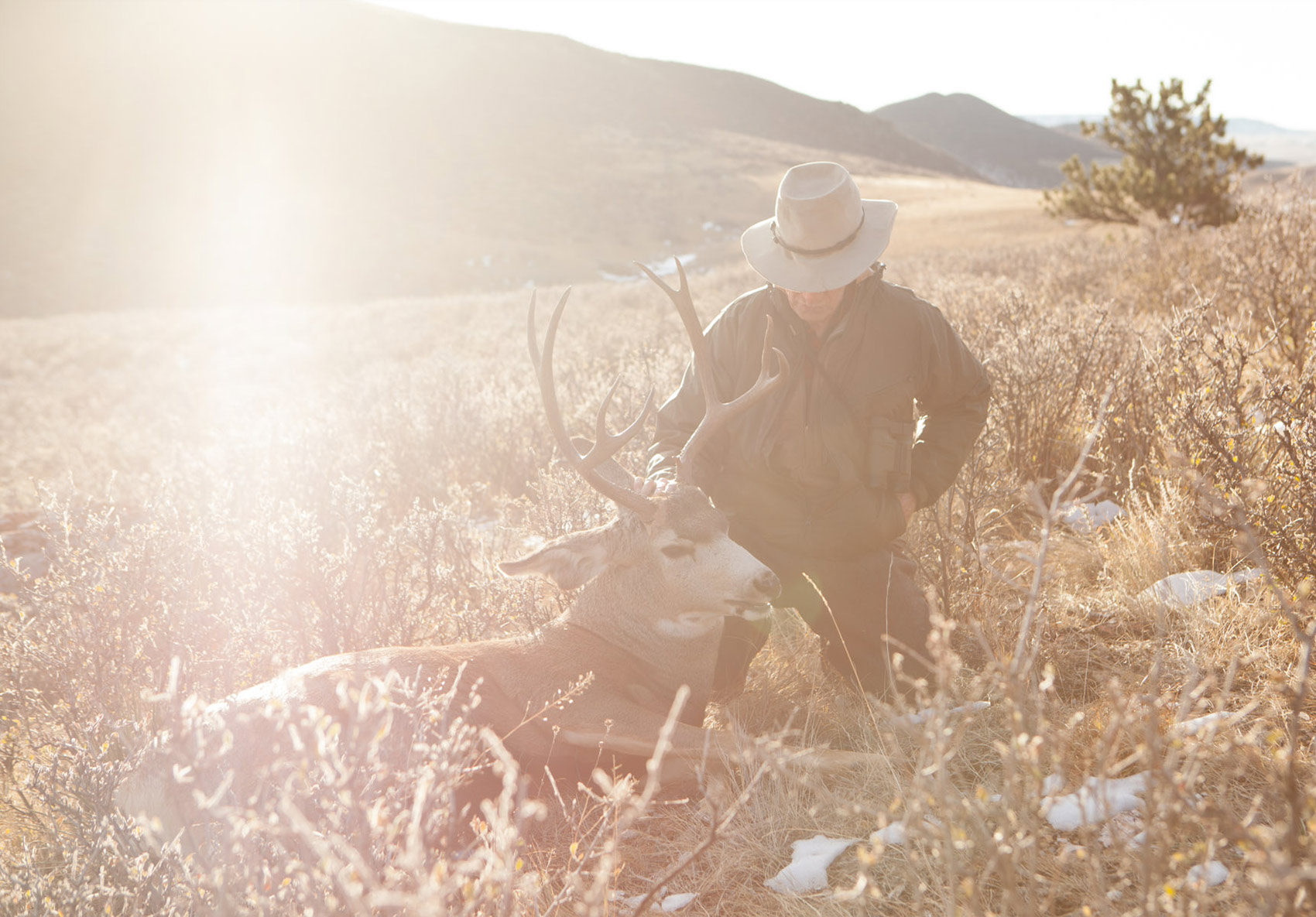
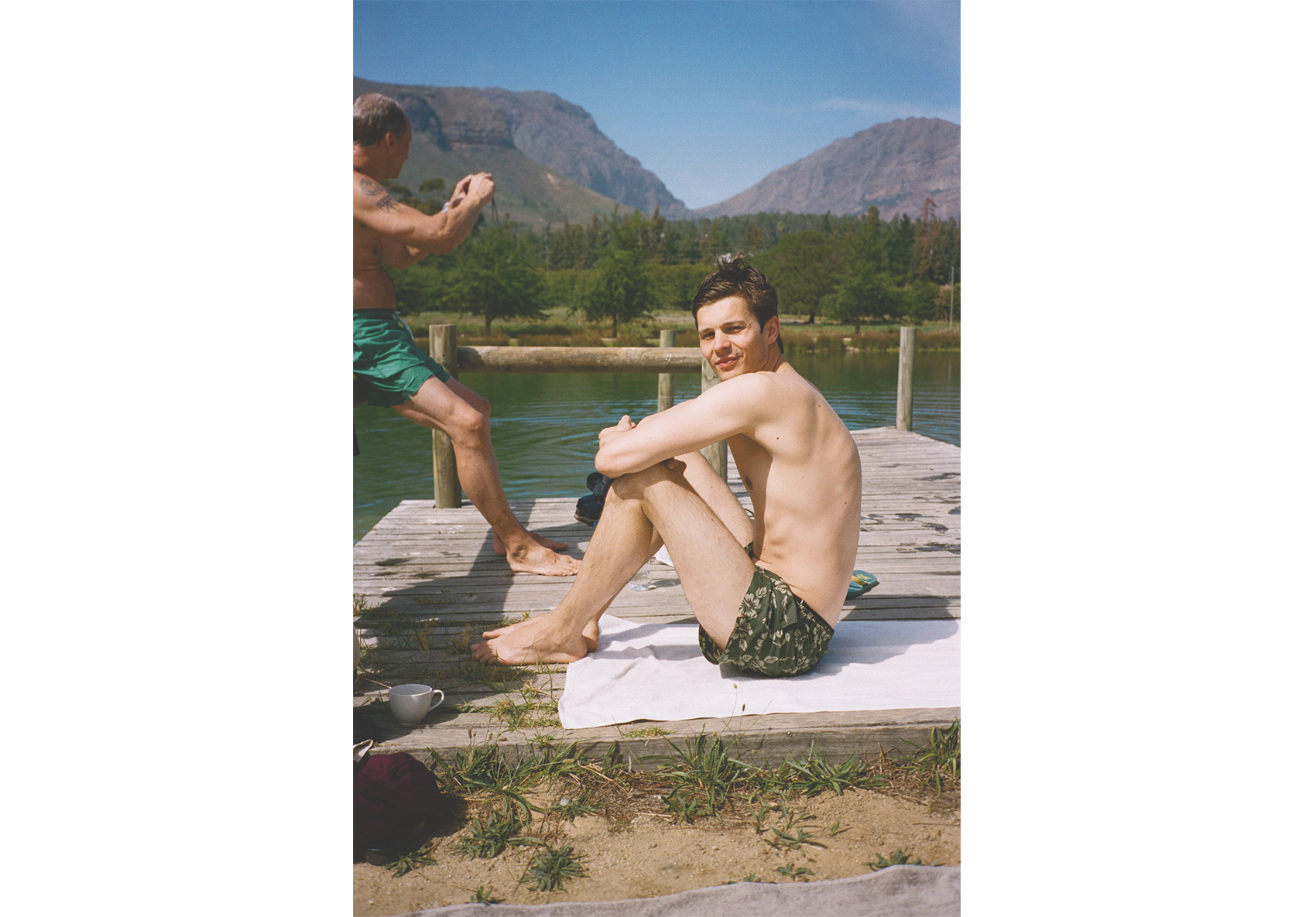
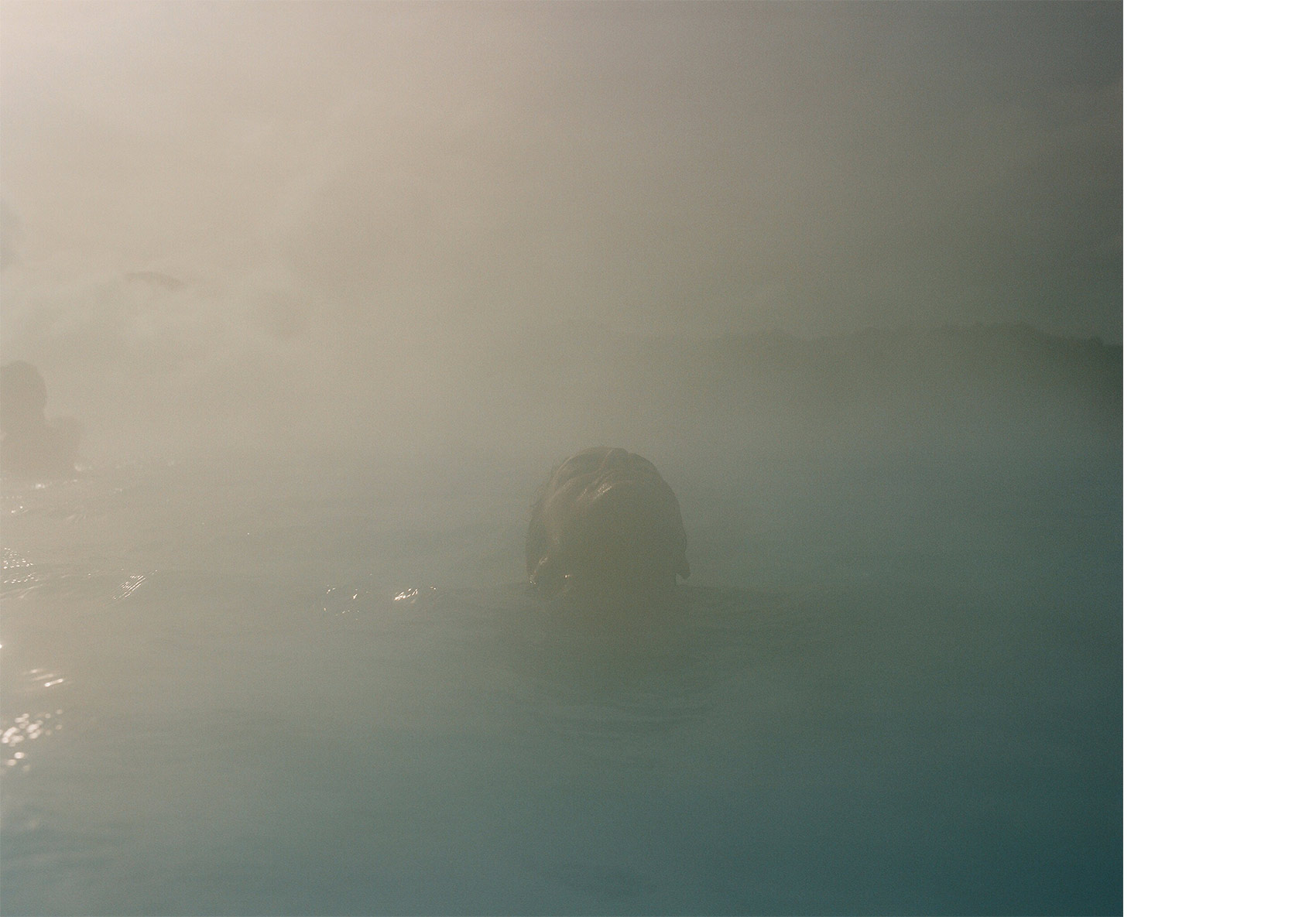
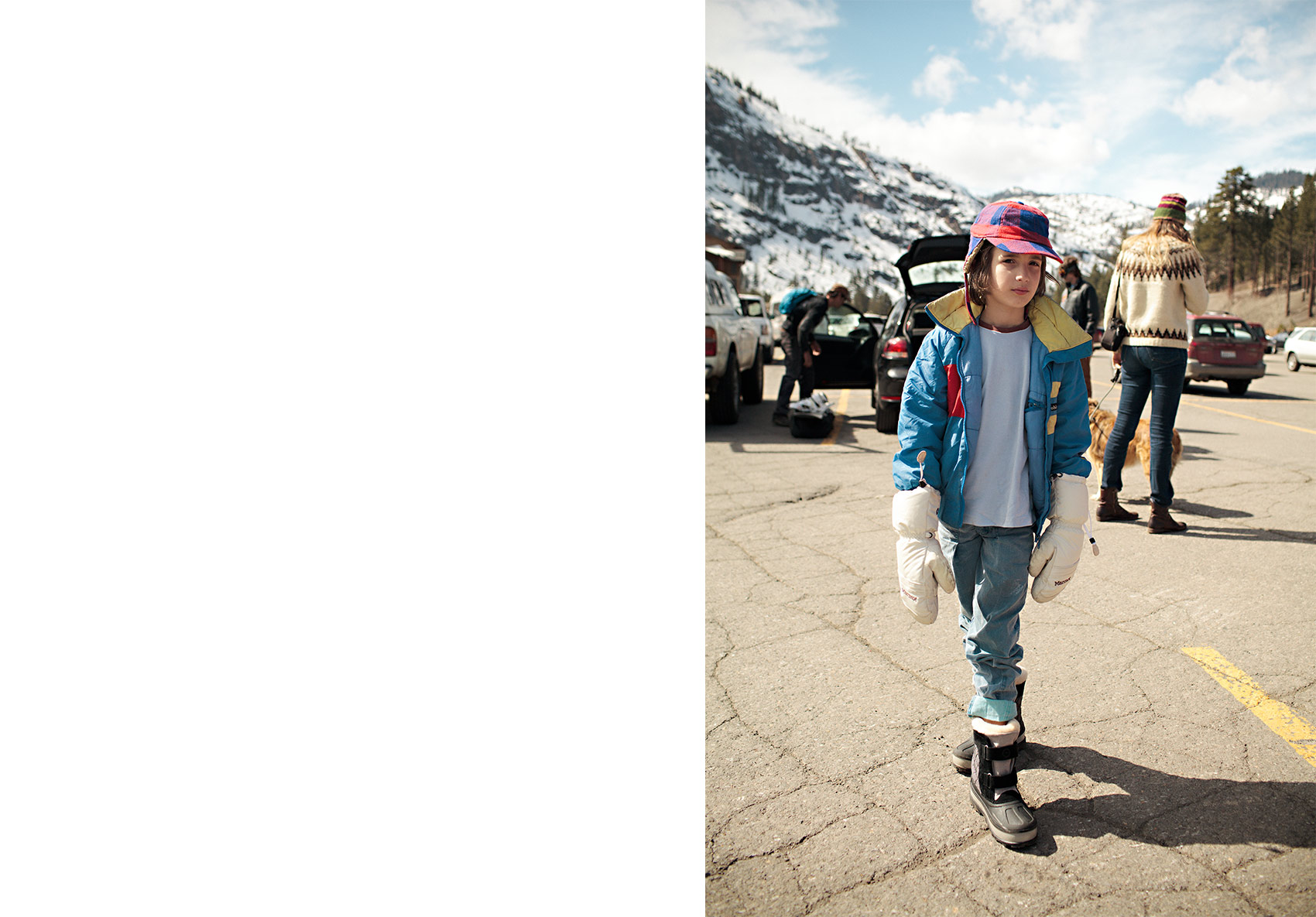
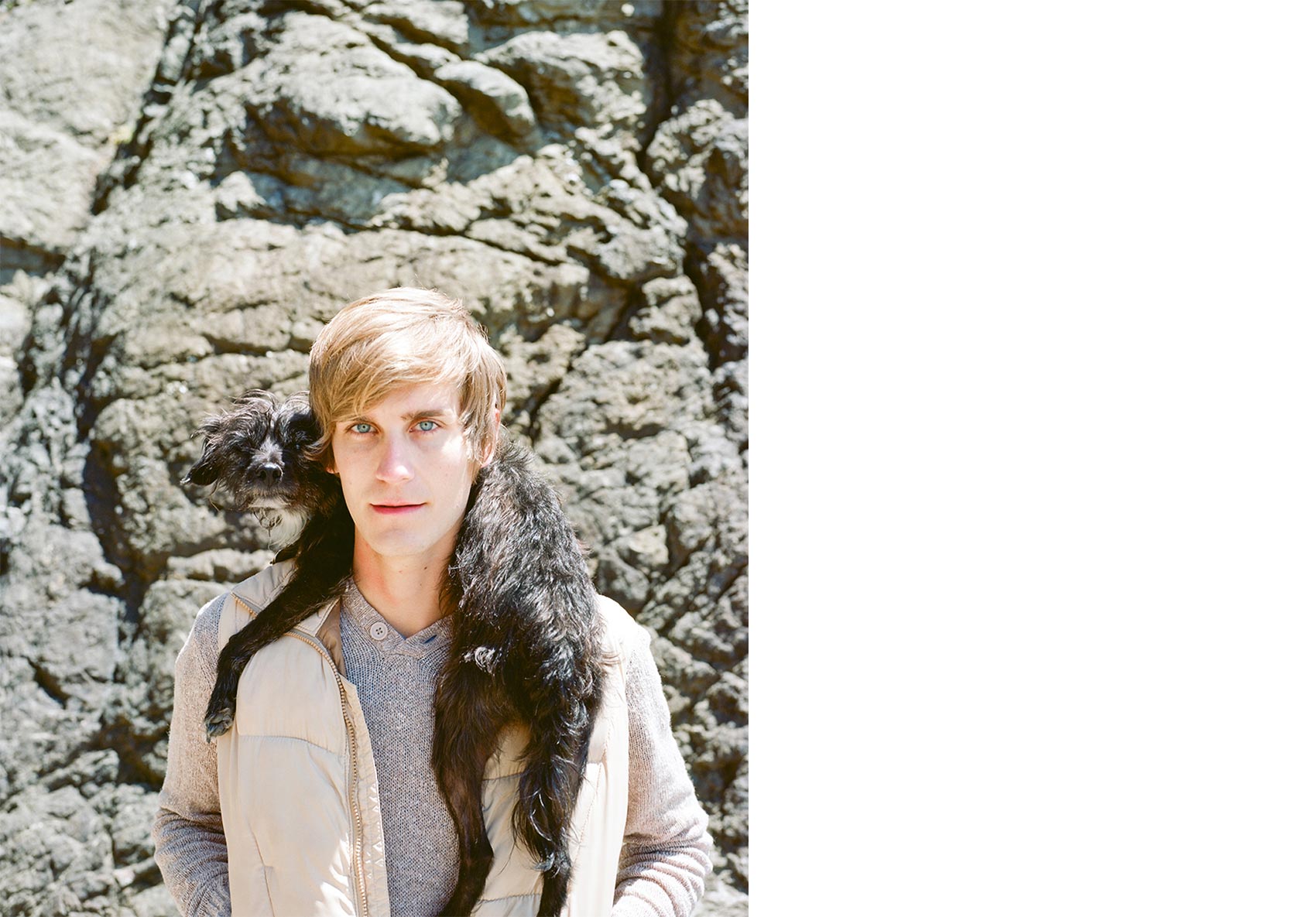
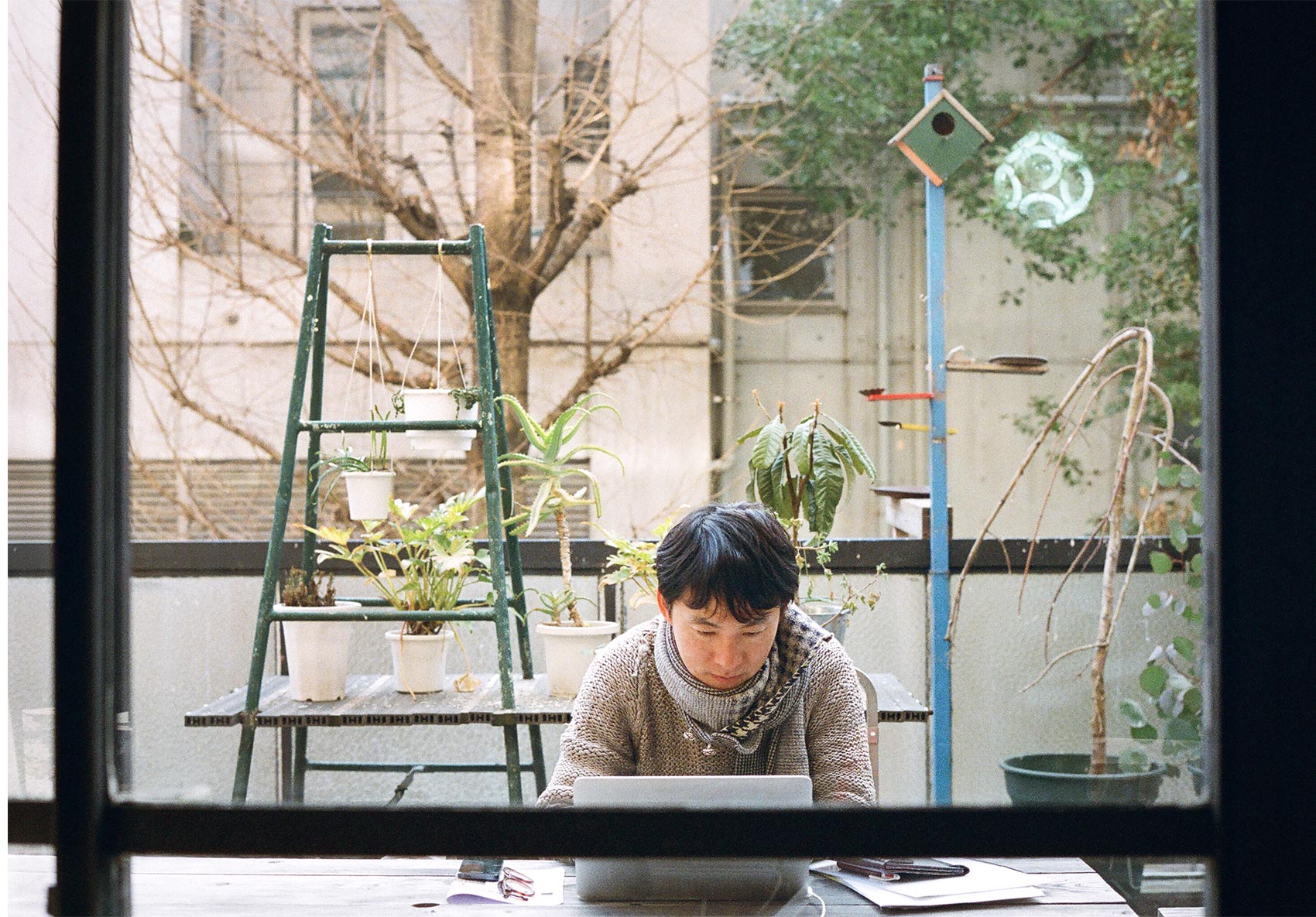
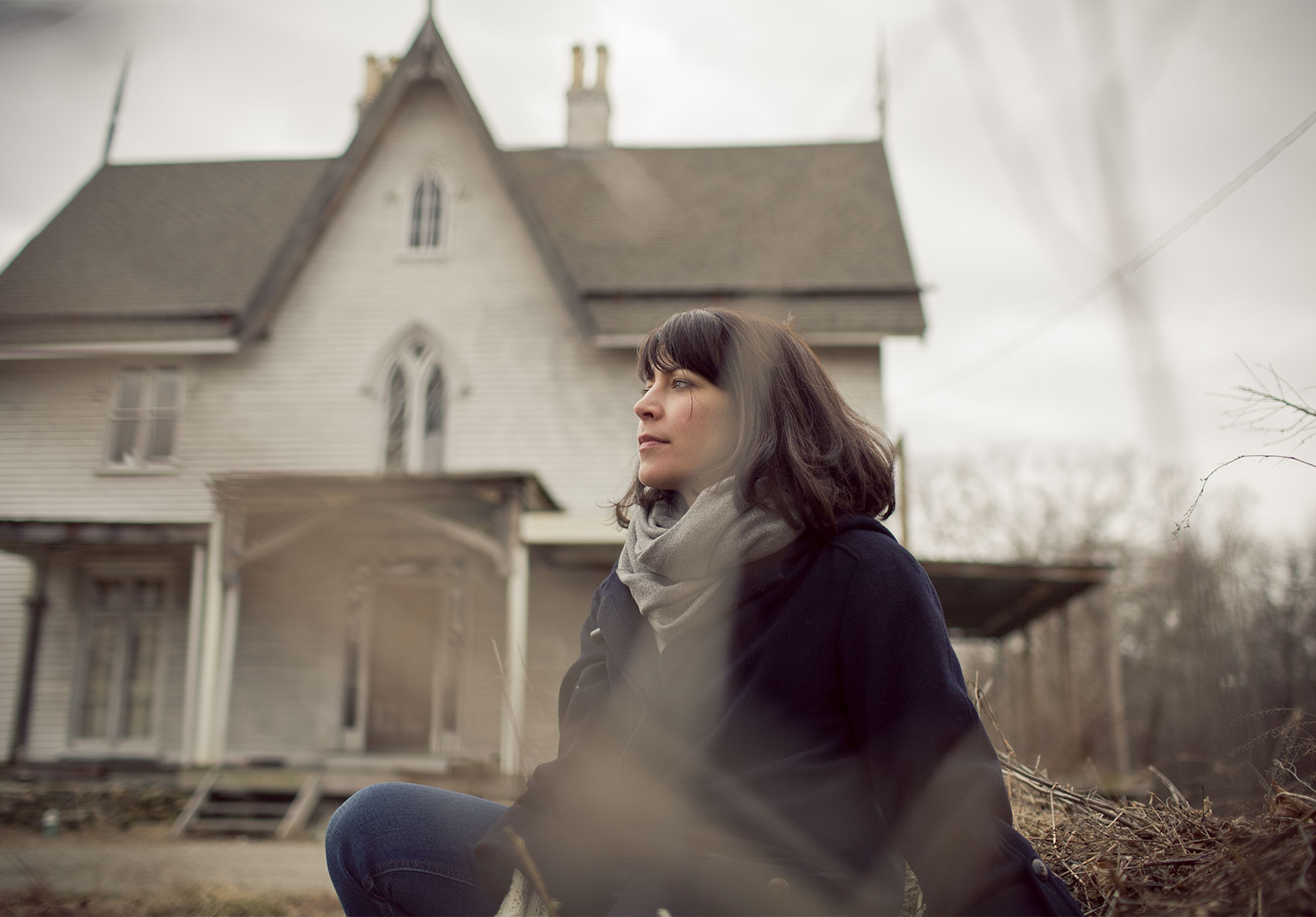
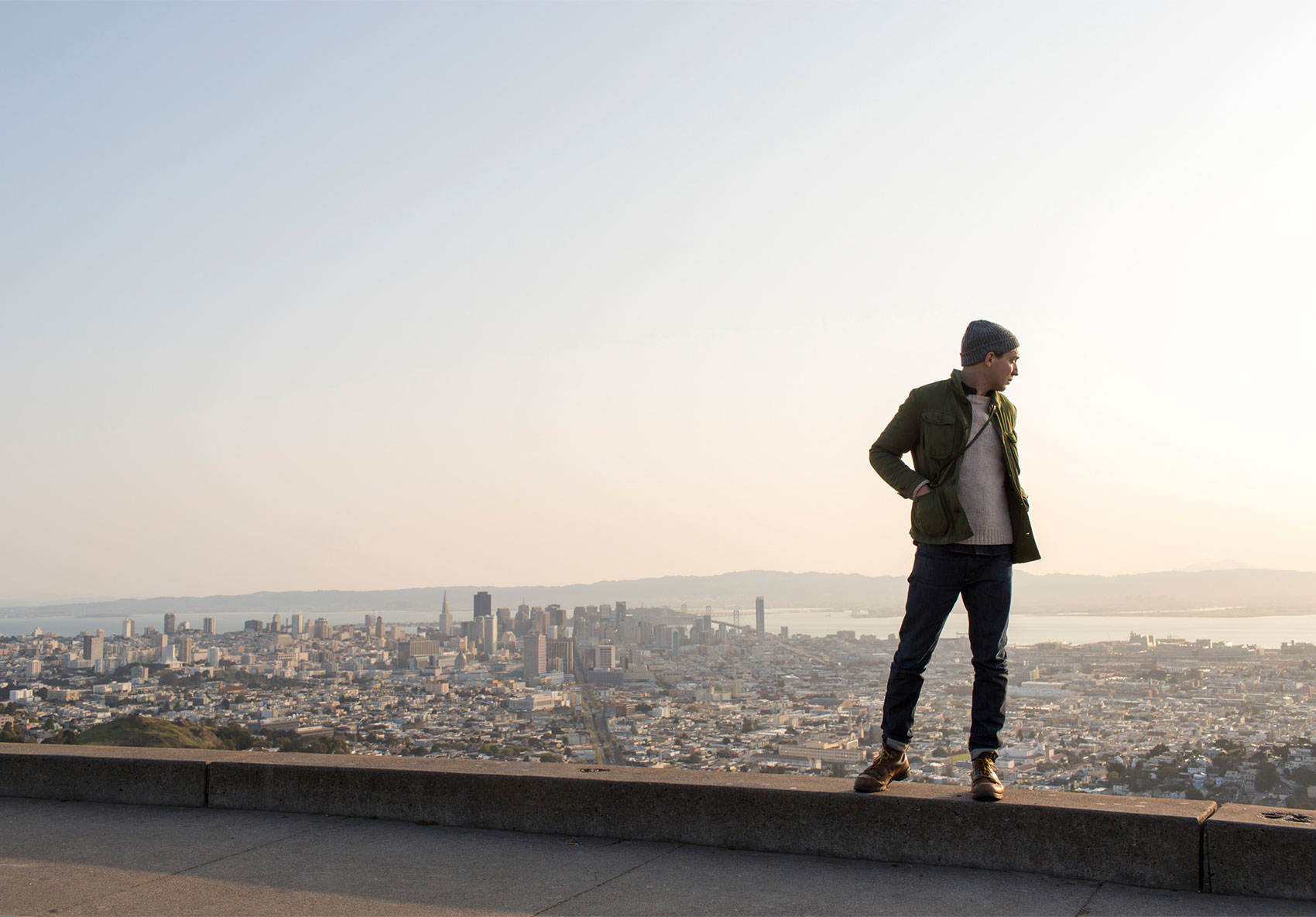
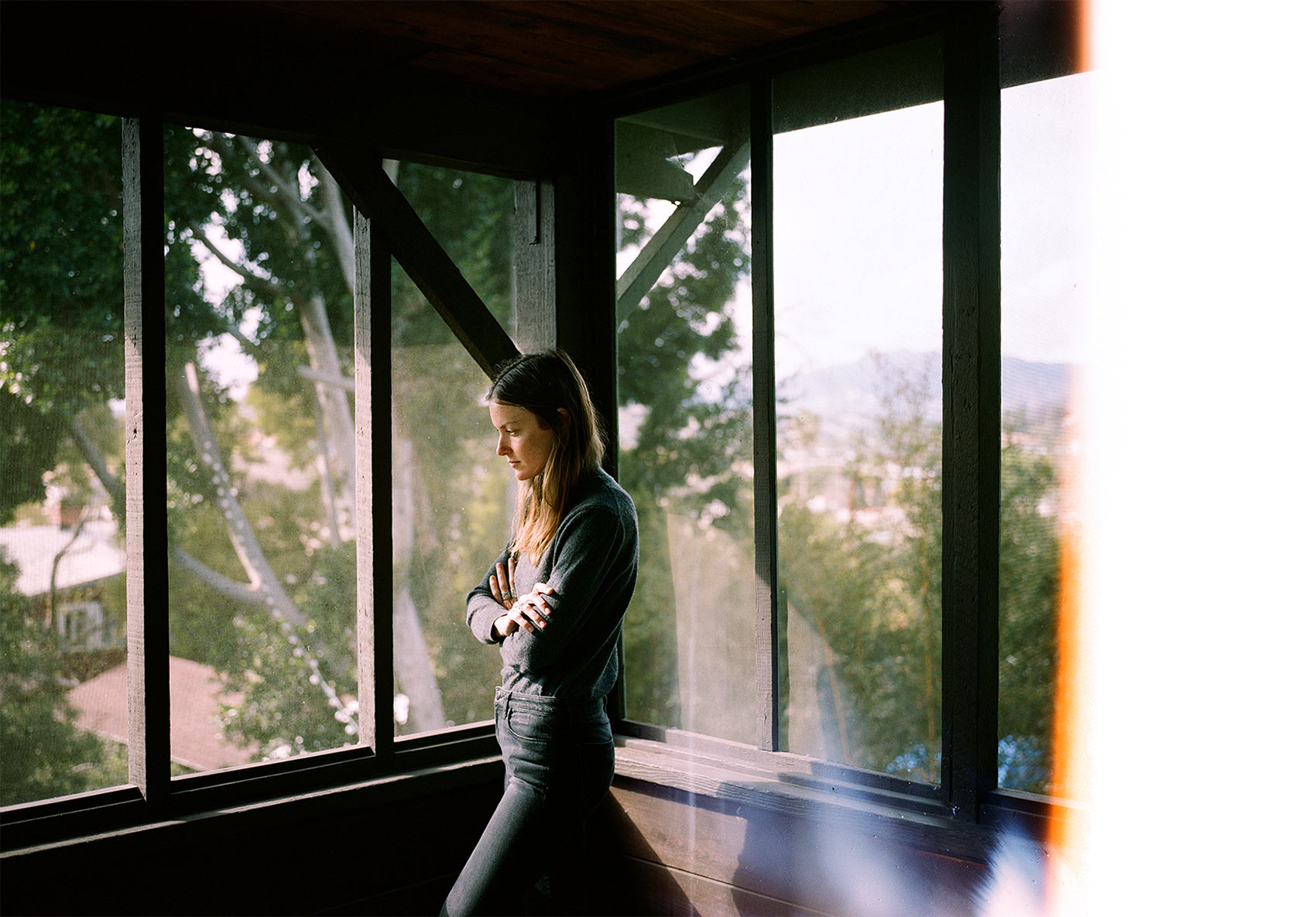
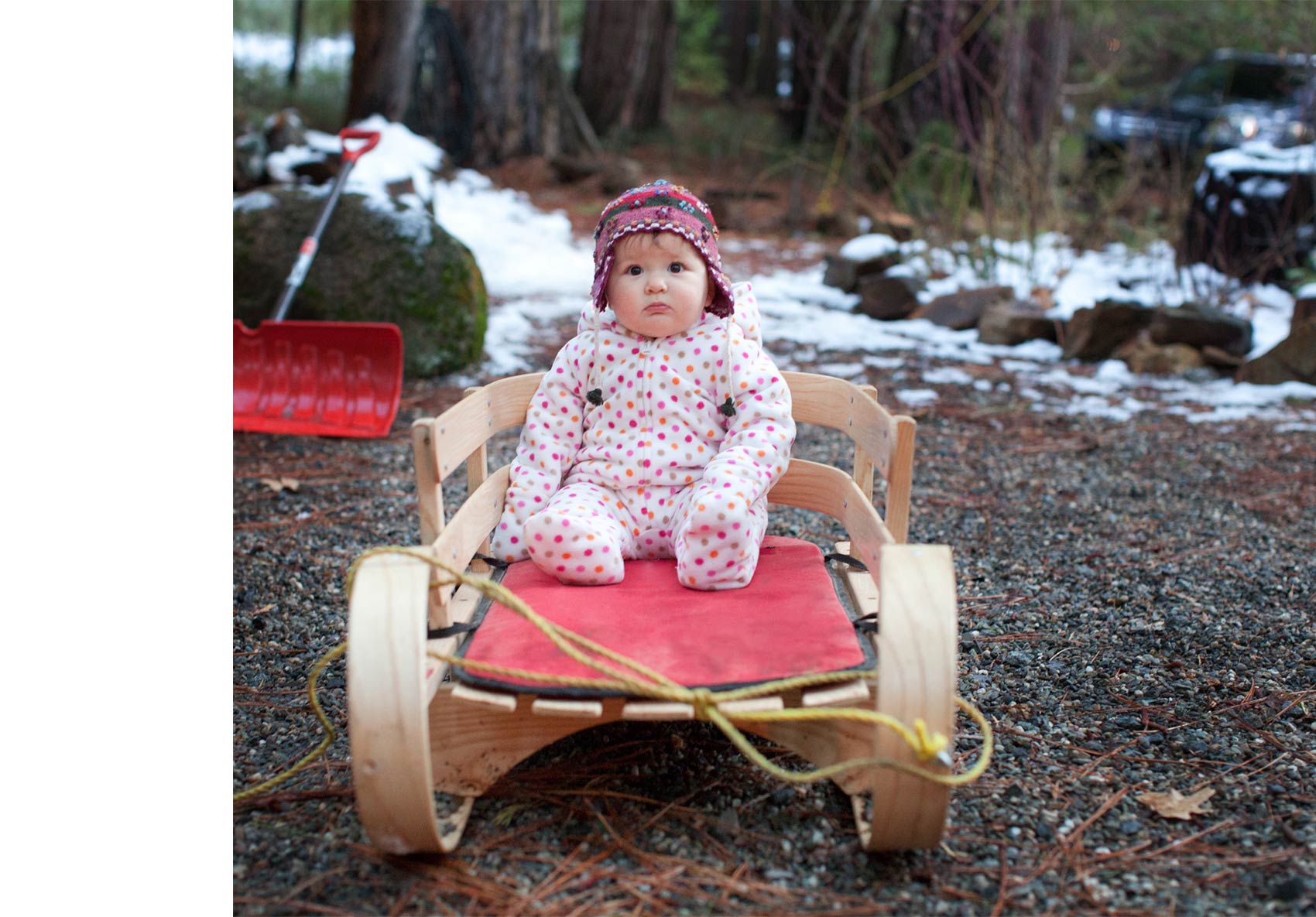
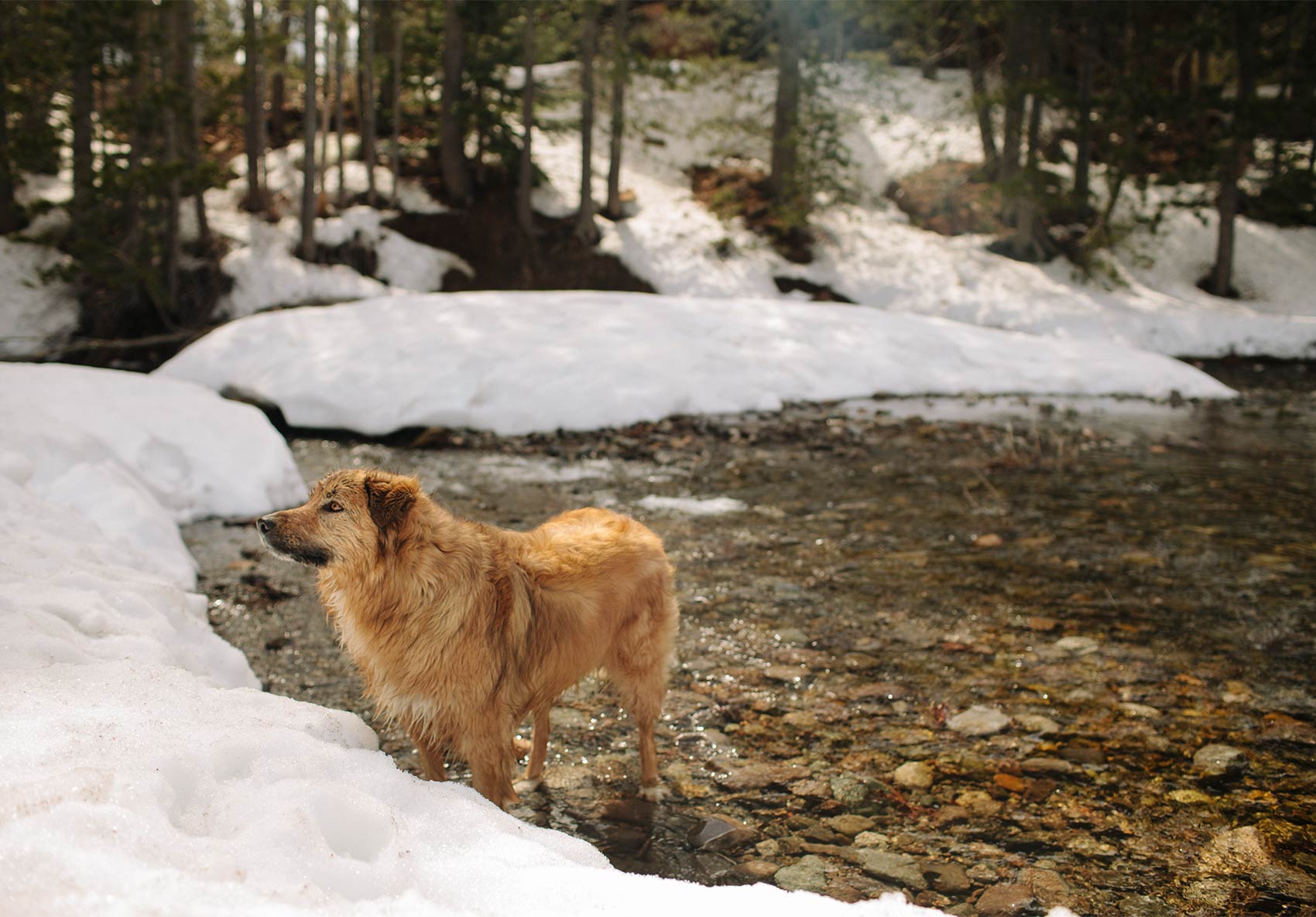
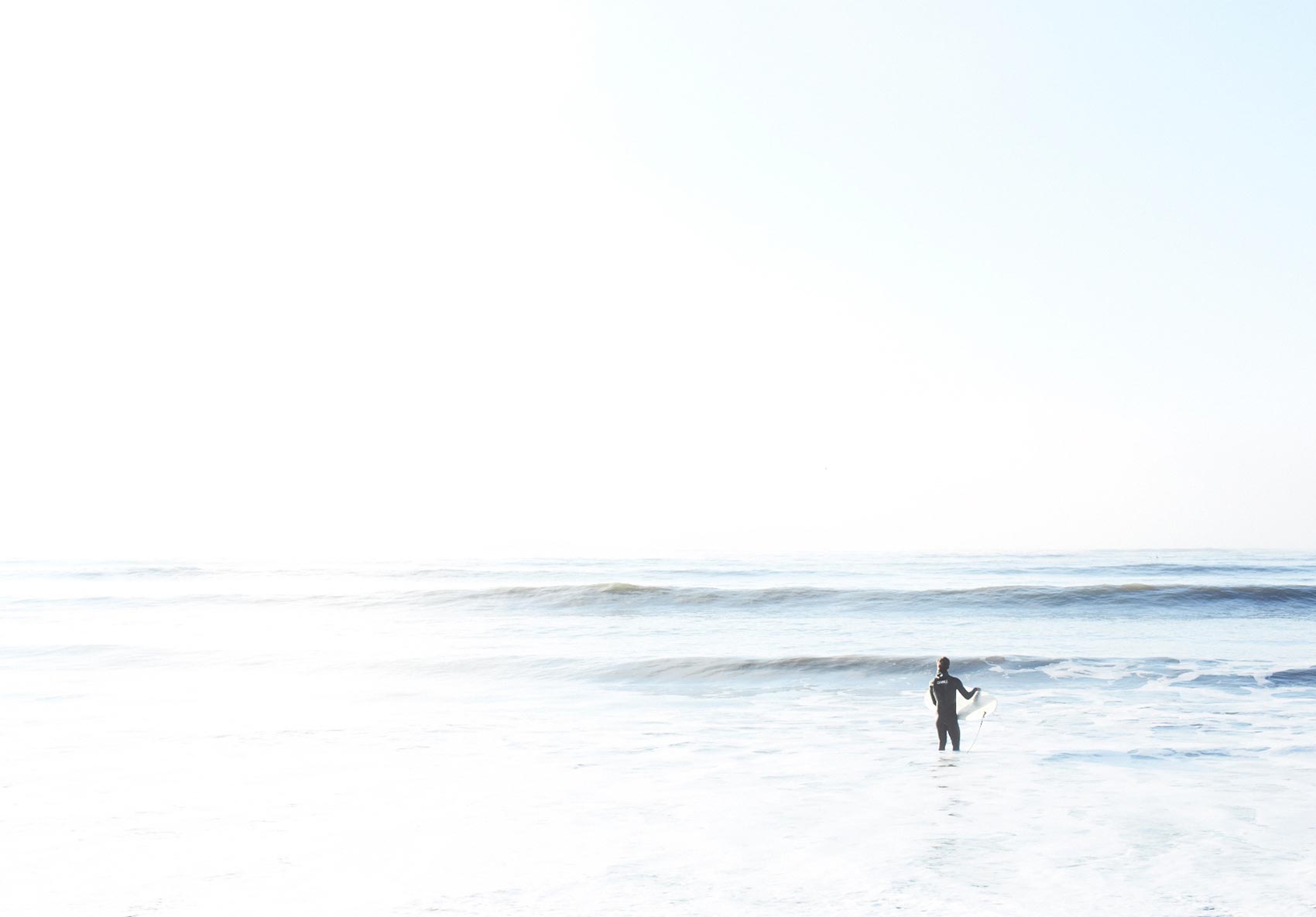
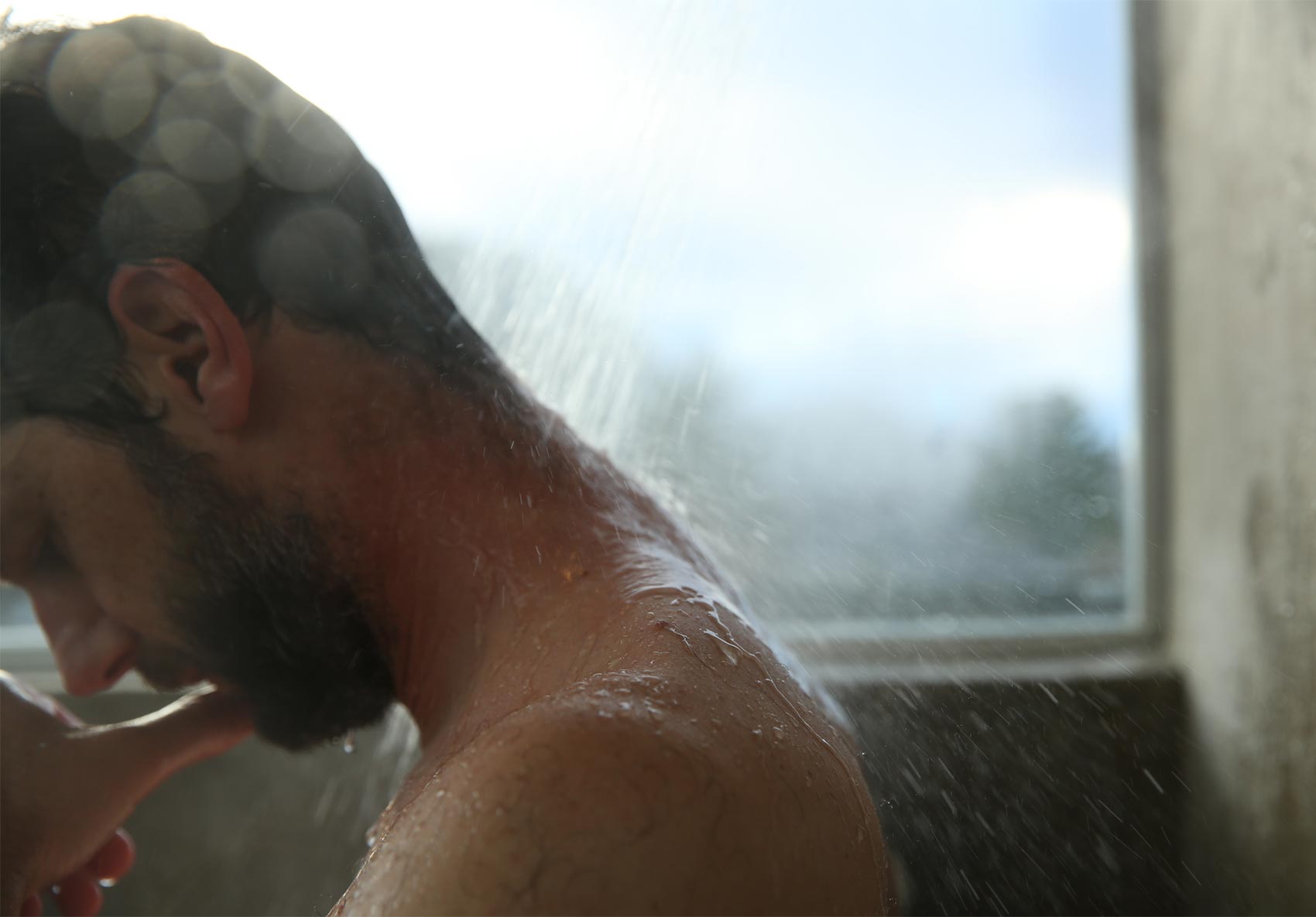
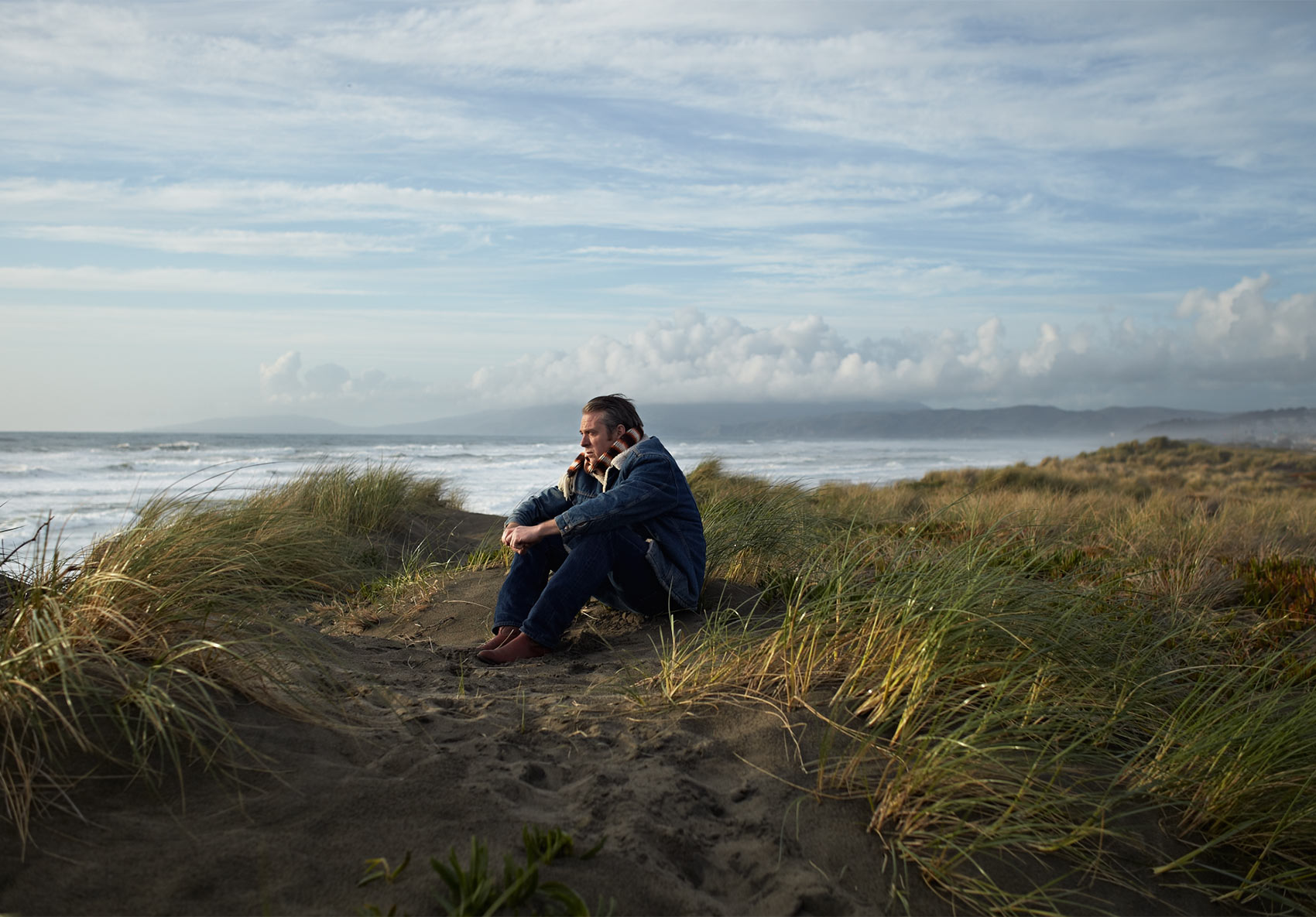
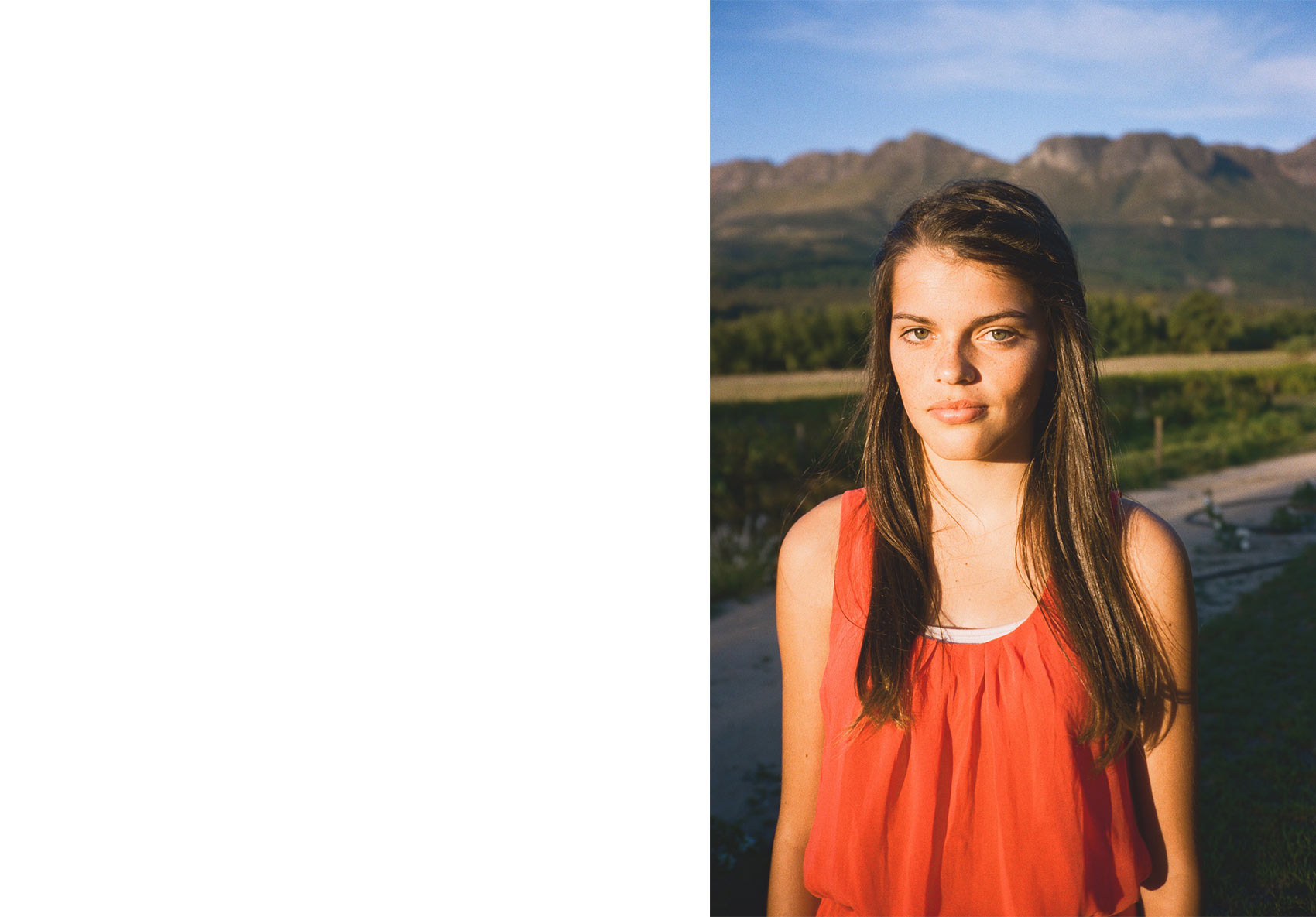
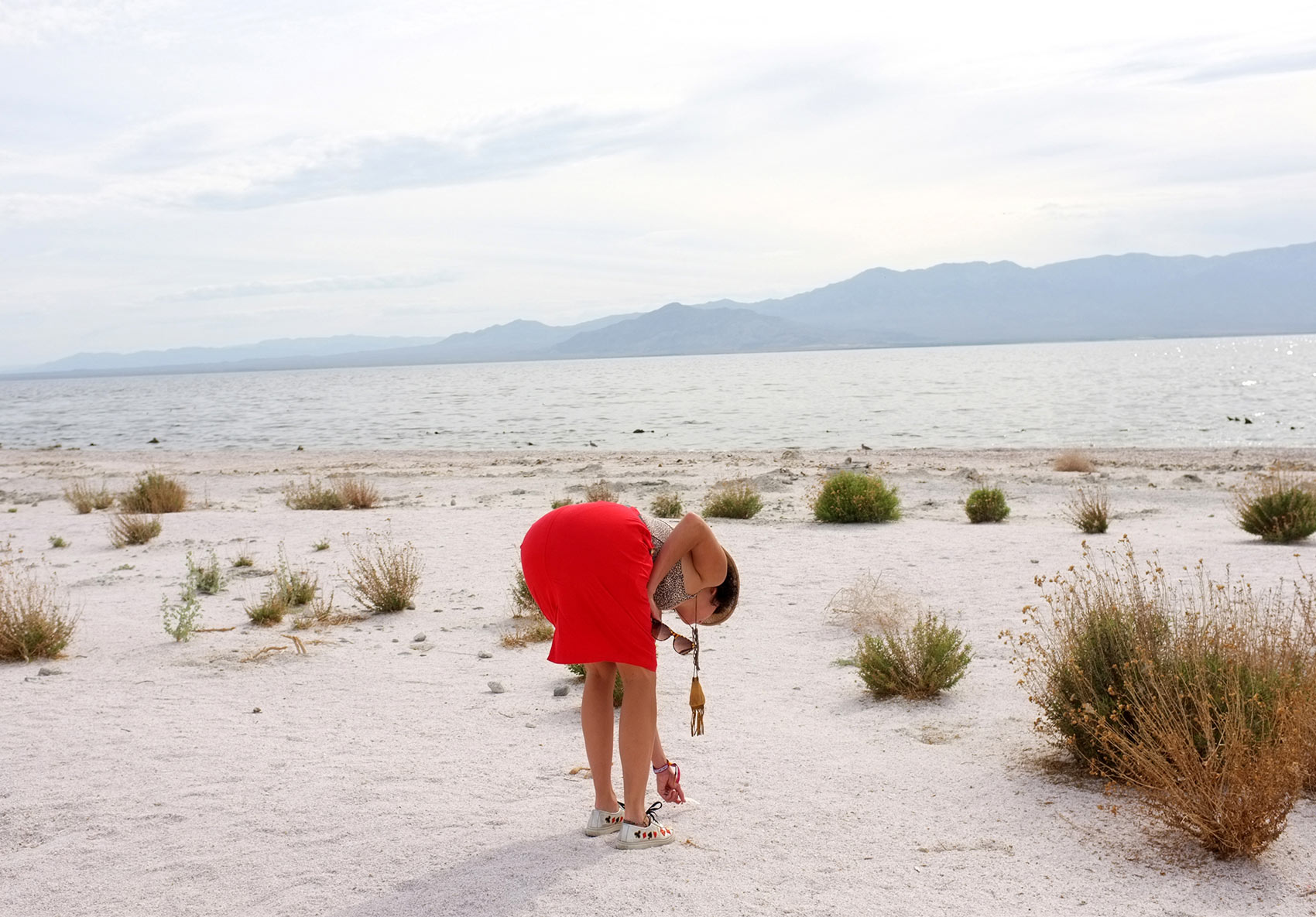
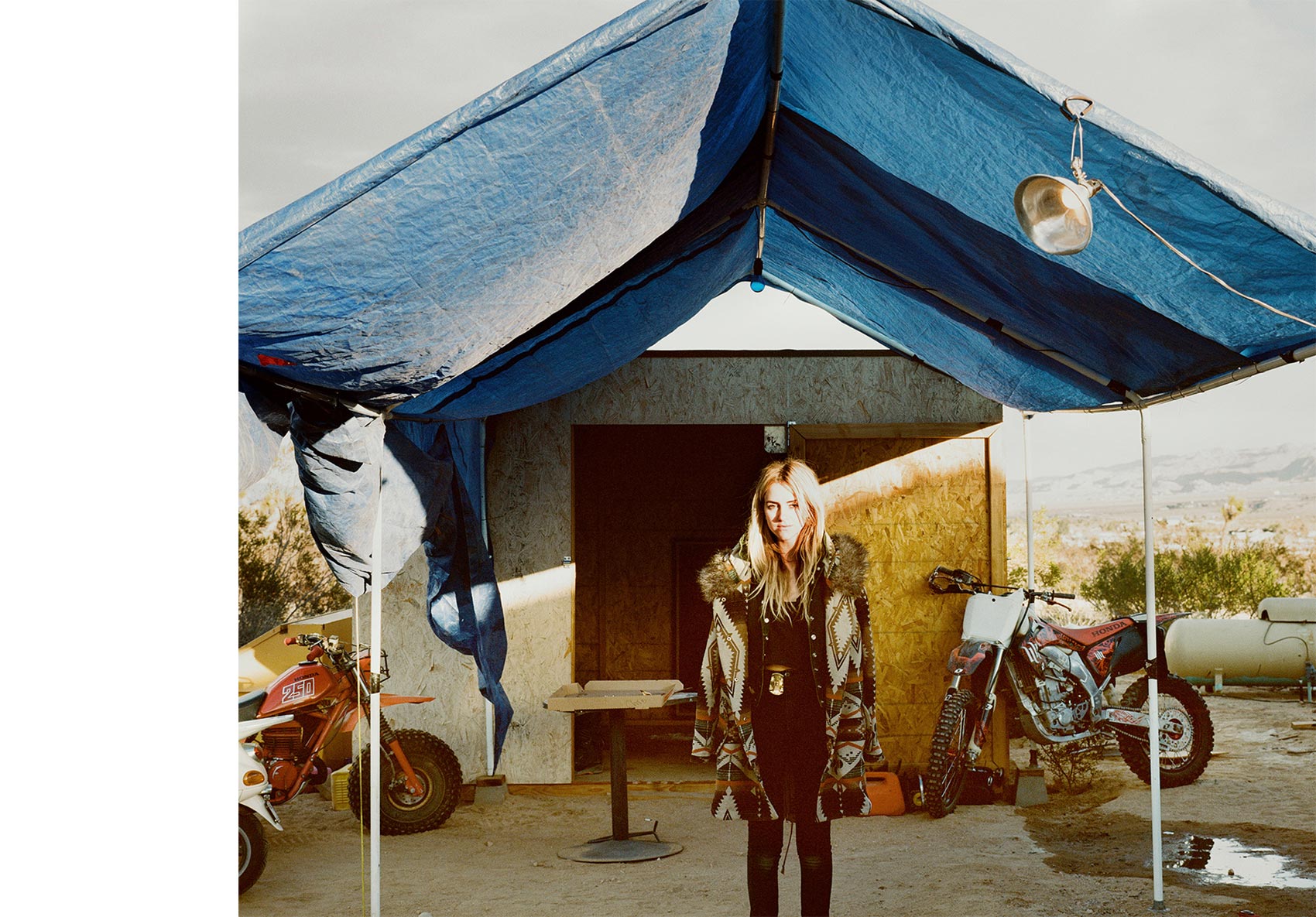
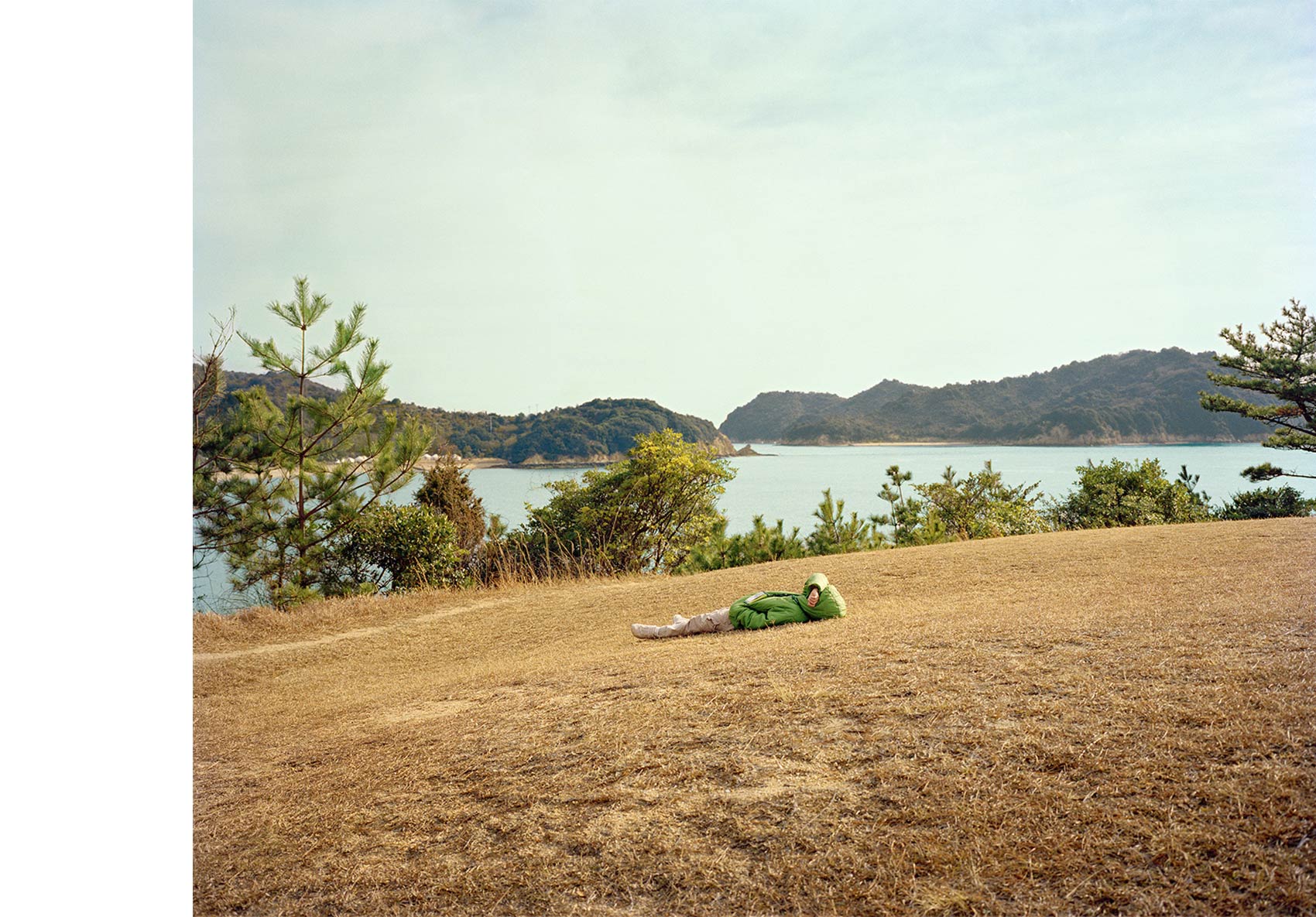
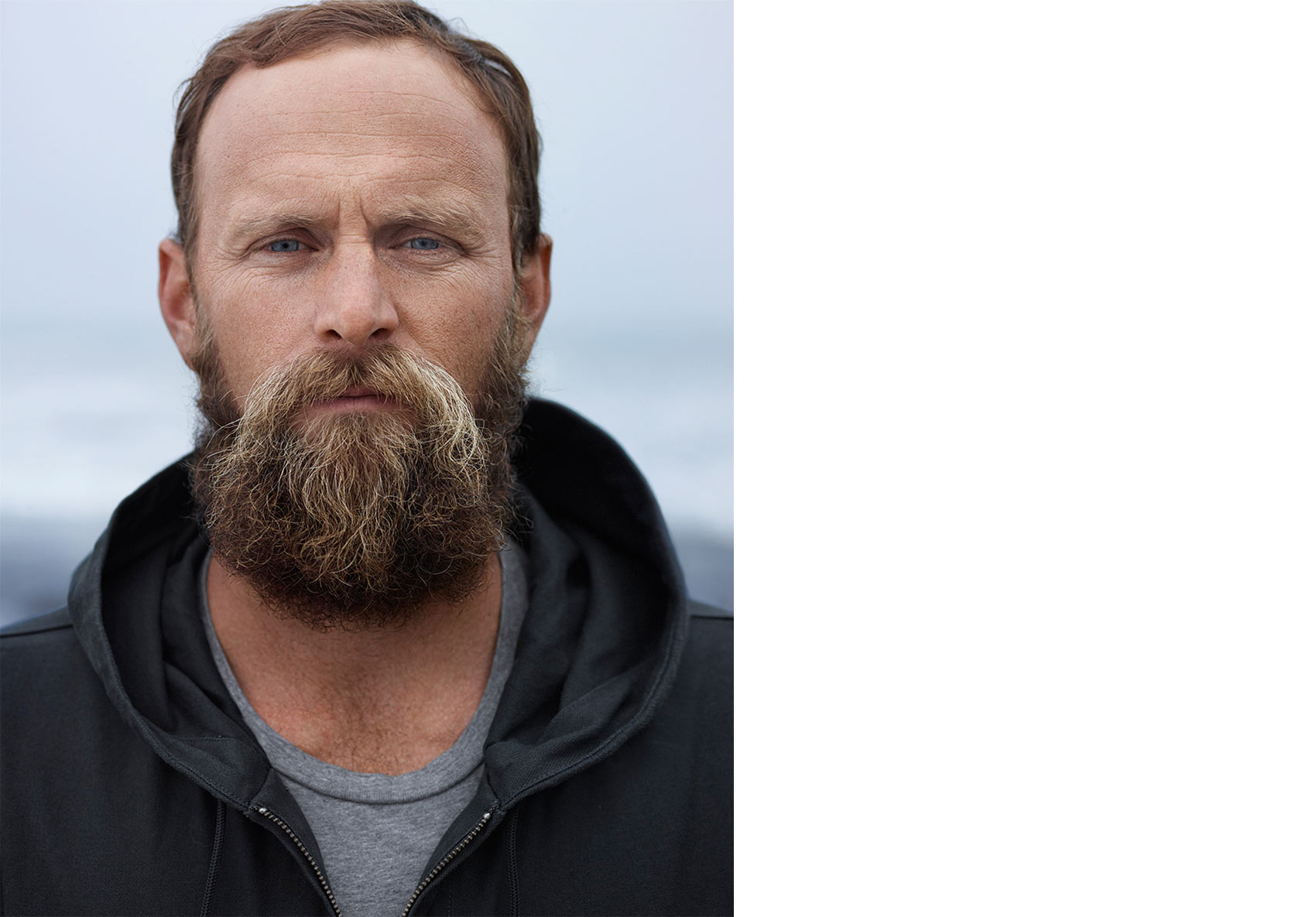
Keith Malloy
Santa Barbara, California
Justin Ruhl
Tiny Atlas Quarterly: Where in the world has bodysurfing been most transformative for you? What places have you been able to experience more uniquely as a body surfer than a surfer or just a traveler?
Keith Malloy: Bodysurfing in Hawaii has had a really big impact on me. It was there that I learned that bodysurfing reconnected me to the reasons I started surfing. I used bodysurfing to escape the monotony of competitive surfing. I got to a point where I was disenchanted with riding a thruster and with high performance surfing. Bodysurfing made me feel like a kid again. Hawaii with its warm, clear water is a perfect place to bodysurf. There are so many nooks and crannys, you overlook them being a board surfer.
Have you heard the word proprioception? It is the unconscious, uninterrupted flow of movement and space orientation arising from stimuli within the body itself. It seems a great metaphor for bodysurfing that you explore in your new work. In your mind, as you have discovered from making your book and film, what aspect of bodysurfing would you most like to share with your readers/viewers?
I think that bodysurfing in the ocean and being in the waves is the closest a human will ever get to flying. You're using your arms and torso to steer as you glide along. You are also weightless and use the power of the waves to push you much like bird uses updrafts and wind currents. For me it almost puts me into a dream state, it brings out the childish, playful side of me. I bodysurf with guys in their 60's and 70's and they hoot and holler just like kids on a playground.
When you travel to new as well as familiar places and converse with the people about bodysurfing, what is their reaction to you as a body surfer? Are they excited about it? Do you see more young people getting interested in the sport? Do you find yourself looking for the simplicity of bodysurfing in other aspects of your life?
It has been interesting traveling around as a bodysurfer working on the film and the book. There definitely have been instances where people have been puzzled and don't understand why I am not riding a surfboard. I had one surfer on a trip ask me why the hell I would want to be frolicking around in the white water. On the other hand there have been quite a few people who love bodysurfing and agree with me that it is the purest form of riding waves. Overall though it is really catching on and I do see quite a few of kids doing it and enjoying it. I think its a good, healthy, simple trend.
Do you view natural environments differently as a bodysurfer, if so, in what way?
As a surfer or a bodysurfer you are part of the ocean environment. It makes you realize all the rivers, streams and lakes empty into the ocean. For those reasons I am sensitive and have been involved in trying to keep the water clean. Through the bodysurfing film we were really able to get beautiful shots from beneath the surface and a view into the under water world. All proceeds went to the Plastic Pollution Coalition and Keep the Country Country Organizations. It feels good to give back to the ocean after it has given me so much.
Why did you choose 16mm for the format of this film over digital?
I chose 16mm film because there is something so unique about it. I like the grainer depth to it. The movies I was inspired by as a kid were all 16mm. Although film is a more expensive, longer process, for me it was all worth it!
Since the making of your film and book have you stayed as connected to bodysurfing, or was it a reconnection that you needed to make and now you have returned to older familiar patterns in the water?
For the last 10-15 years I have been consistently mixing up surfing and bodysurfing and have been thoroughly enjoying both. At this point I can't imagine not having bodysurfing as part of my experience in the ocean!
You can get the movie "Come Hell or High Water" and Keith's new book "Plight of the Torpedo People" at www.torpedopeople.com.
Questions: Jaime Beechum